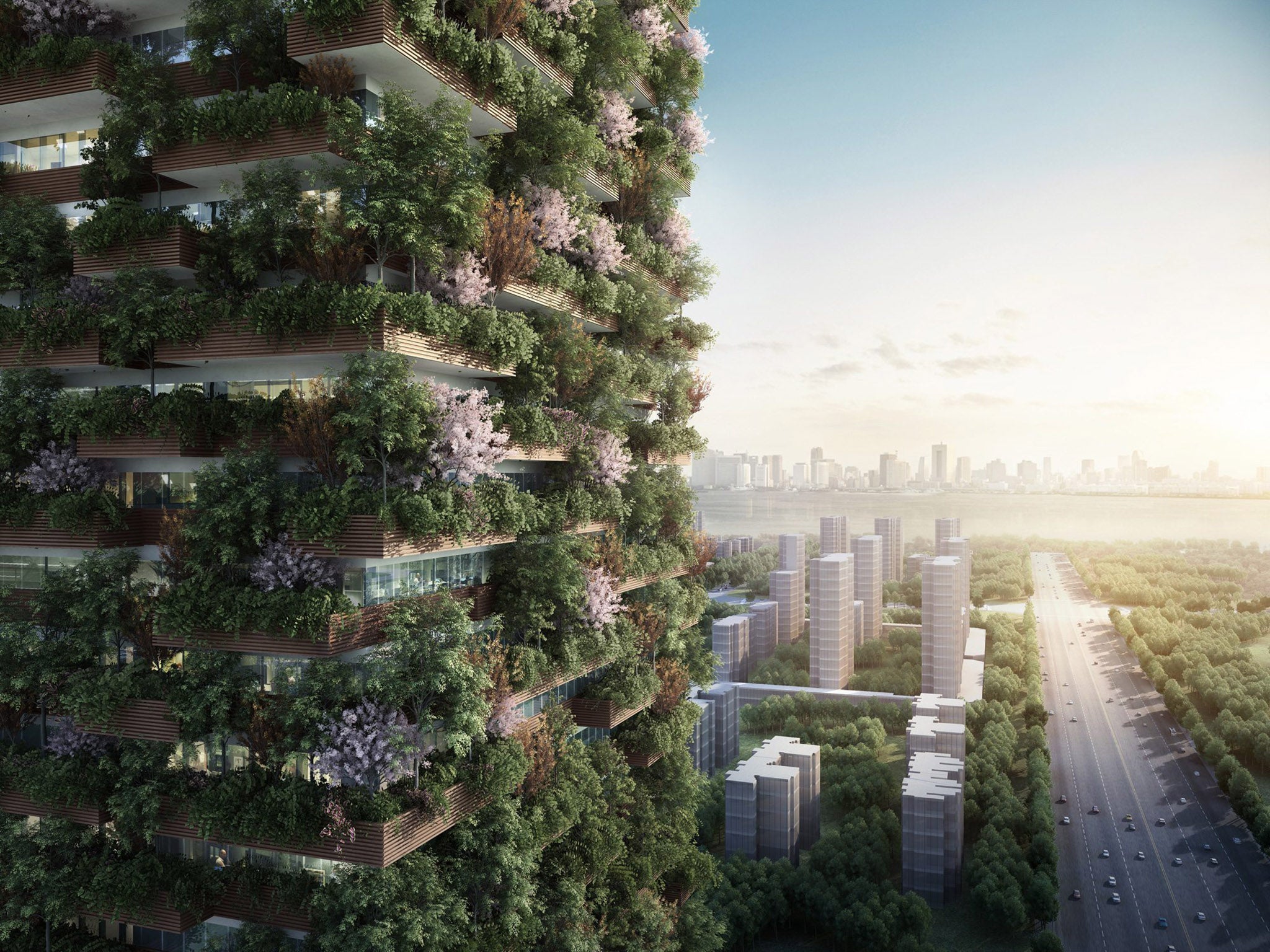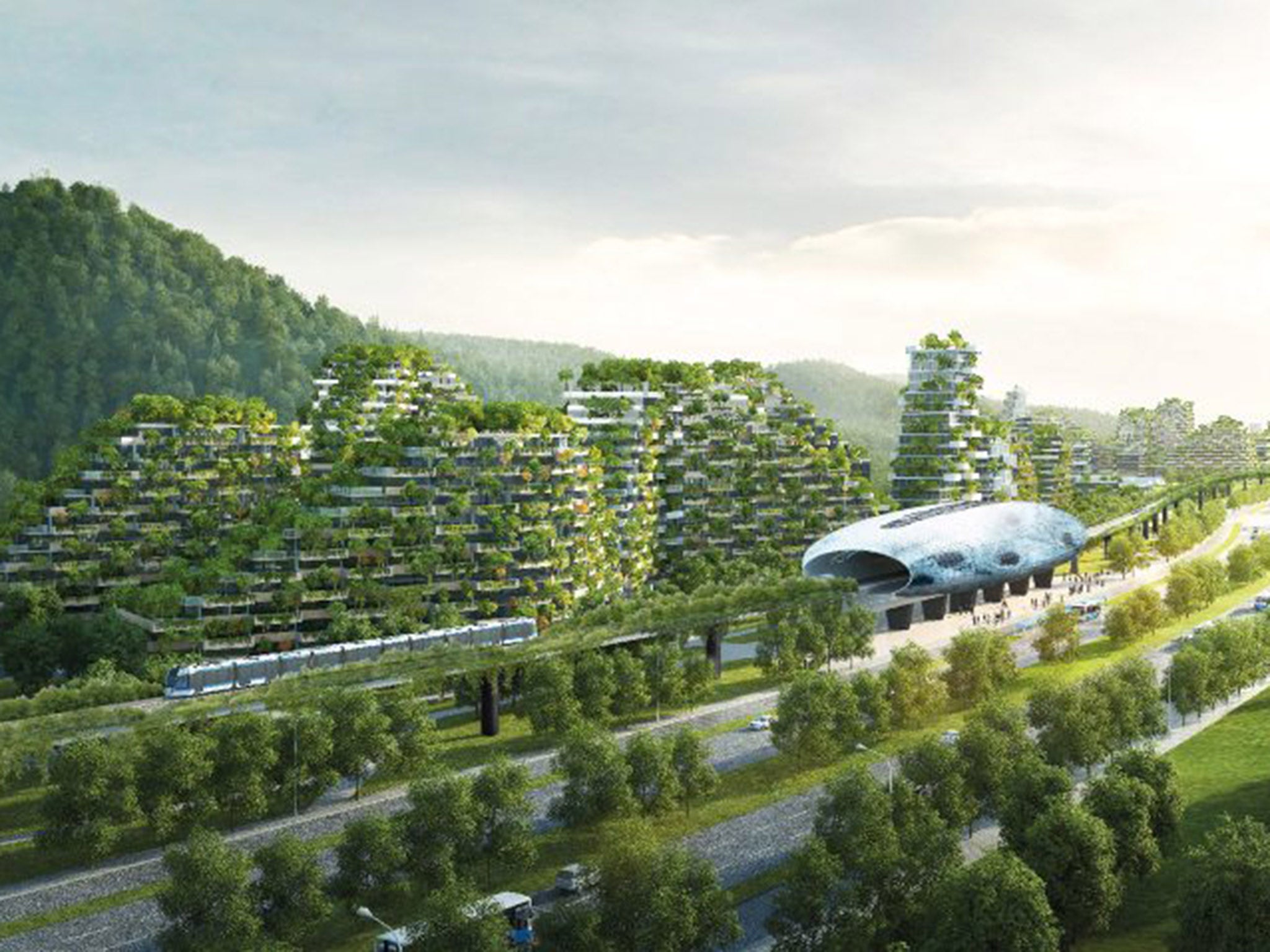Could vertical forests become a staple of our cities?
By incorporating trees and plant life in urban architecture, the trees both assist in absorbing carbon dioxide and producing more oxygen

The vertical forest buildings of the architect Stefano Boeri make the most of the often overlooked and profound contributions of a single tree.
Boeri’s prototype was first constructed four years ago in Milan, in the form of two apartment buildings that housed 21,000 plants and 20 species of birds.
Cities cover only about 3 per cent of the earth’s land, says Boeri. But they are responsible for 70 per cent of the world’s energy consumption and 75 per cent of the carbon dioxide emissions that contribute to climate change.
The warming planet threatens to significantly alter New Orleans and the American southeast, according to a report released last month by the US government’s National Climate Assessment.
The beauty of incorporating more trees and plant life in urban architecture is that the trees assist in both absorbing carbon dioxide and producing more oxygen.
The process begins by selecting plants that would be suited for the environment of the city. “So we in a way design and build houses for trees,” Boeri says.
Boeri has been asked about replicating the idea all over the world. “For sure, we didn’t copyright it because we think there are and could be many other architects that can do better than us,” he says.

For each city Boeri starts over, creating something distinct for the climate and biodiversity, embracing the chance to experiment and improve. Such efforts have already resulted in lower costs of construction, he says.
He gave examples of how vertical forests would be different in cities in the Netherlands, France, China and Manhattan. The design proposal made for Manhattan incorporates both trees and greenhouses. If 15 of his 1,000-foot vertical forest buildings are constructed in the city, Boeri says, together they would have the same number of trees that are found within the 840 acres of Central Park.
Vertical forests are created for the building’s complex ecosystem to succeed in highly dense metropolitan areas. But proposals for a forest city are also in the works in China. The various vertical forest-style buildings there would support an area of about 30,000 people.
The Food and Agriculture Organisation of the United Nations held the first World Forum on urban forests recently in Mantova, Italy, and 93 countries attended, Boeri says. They compared solutions and spoke about ways urban forests could be part of cities’ efforts to “stop and reverse” their positions on climate change.
“We have to imagine how we could communicate the fact that you can intervene in a very efficient way,” and be optimistic about the possibilities available for stopping climate change, Boeri says, rather than only being fearful of the effects.
© New York Times
Join our commenting forum
Join thought-provoking conversations, follow other Independent readers and see their replies
Comments
Bookmark popover
Removed from bookmarks